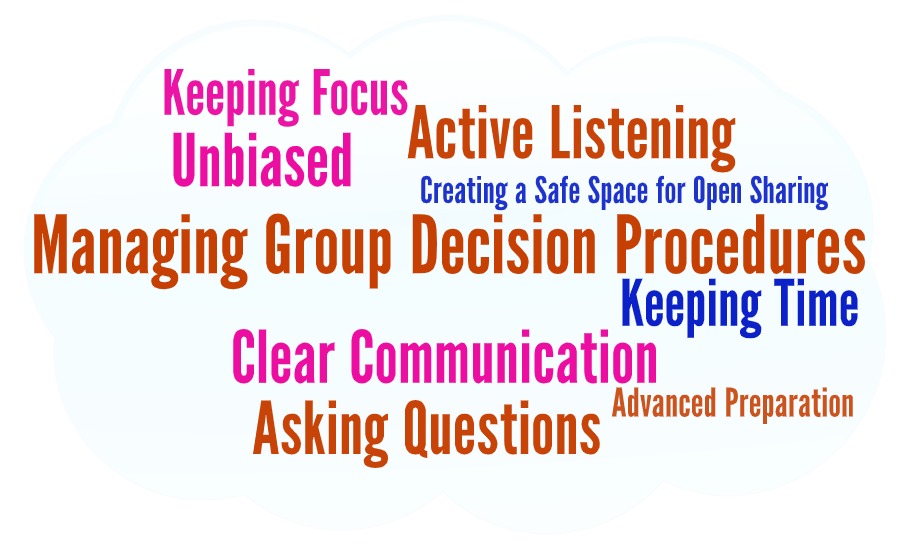Is your boss a Grinch … or are YOU the Grinch but just don’t know it? The real answer to both questions lies in genuineness and tackling how to be an approachable leader.
In this classic story by Dr. Seuss, the Grinch is a cynical and stingy avocado-hued, pear-shaped, snub-nosed creature. As he hates anything Christmas (due to his unresolved childhood emotional wounds as a social outcast and the only hairy green kid in town) he disguises himself as Santa Claus. Breaking into the Whos’ homes, he steals everything they own. Expecting that he has pulled it off successfully, he is stunned to find the Who’s unaffected. In fact, not only were they unaffected, they were cheerful and happy.
 Facing the green meanie
Facing the green meanie
Now, this might be putting your boss (or you) to the extreme. Perhaps poor treatment in childhood doesn’t send you careening down the mountain and through the hallways like a green meanie with the goal to hurt others. But the Grinch in us comes in varying degrees. Perhaps you simply want to keep professionalism in the workplace so you come across aloof and cold. Or maybe you’re opposed to people having too much fun.
But even without intention, many leaders easily come across as a killjoy. The tendency to be cynical, stingy and unapproachable comes at the most inopportune times:
- When a colleague or team member comes to you with suggestions;
- When someone brings a concern to your desk;
- When a problem needs to be resolved right away and you just can’t deal: or,
- Simply when someone is so annoyingly perky.
The hard truth is that many leaders, managers, and department heads don’t mind being perceived as unapproachable. They think there is power in that.
Perhaps it’s a style that has worked for them and their command and control work culture. And in many ways, keeping familiarity at a distance has its advantages – that is until the pandemic. Now how to be an approachable leader is gaining ground and the wise leaders are shedding the green hair and investigating the meanie side of their nature.
What does it mean to be approachable?
Approachability means being easy to meet with and talk to.
Being approachable and respectfully sincere, frank and forthright helps lay the groundwork for building good relationships with colleagues and creating a strong team so that ideas can flow in a psychologically safe way – one that is free from repercussions and snarky remarks. What it is NOT is having your office door open any time of day, or having a seeming hotline anyone could call to air out problems and concerns.
How to be an approachable leader by being the right kind of approachable
There’s a huge gap between being proactively approachable and being a complete Grinch. It’s all about appropriate boundaries. It is being assertive rather than aggressive or the proverbial doormat, who accommodates until there is no more to give. While you can’t be a “buddy” to all your employees, going the extreme won’t cut it either. The key is to strike a balance between keeping team leadership top of mind and maintaining workplace rapport with improved genuineness. Here’s how.
Treat everyone the same.
The balancing act is akin to being a parent with several children. You have to be consistent. You can’t pick favorites. One way to keep things on the same level with everyone is to be meticulous from the get-go (as early as hiring). More often than not, recruiters can get carried away with sunny dispositions, shortlisting those who seem fun to hang out with. But instead of personalities, zero in on qualifications. Are candidates a good fit for the job description? Are they sold on the company’s vision?
Establish ground rules with a strong memorandum of understanding.
Some distance is good. As a manager, there should be respected leadership. This ensures that everyone gets along courteously without overstepping boundaries. For instance, managers can spend happy hours at work but shouldn’t attend birthday parties of their employees’ children. Or perhaps, everyone should maintain a personal and professional social media account.
Keeping your non-work-related affairs separate makes it easier to interact. In the same light, managers shouldn’t contact employees during off-hours, UNLESS necessary and urgent.
Throw toxicity out the door.
Seems reasonable, right? But it’s sneaky how easily leadership mistakes are made. Here are some devious ways of being toxic:
- Micromanaging
- Assigning too much work to others
- Being unreasonable with deadlines and goals
- Solving problems with a quick fix instead of something more permanent
- Publicly bullying others or making sarcastic, half-meant jokes (full blown green meanie behavior)
- Discouraging creativity and innovation by shooting ideas down immediately
- Not delegating work to the right people with procedures clearly understood and actionable
- Not setting goals
Nurture camaraderie.
Never hole up in your green meanie cave. Keeping one’s distance while nurturing relationships at work isn’t just doable, it’s encouraged. Have lunch with them. Schedule one-on-ones with each team member. Get down and dirty in the trenches with them when performing tasks. Taking the time to know your employees allows you to see what their interests are and what motivates them. Sometimes, you’d be surprised to discover a special skill (which you never would’ve known since nobody asked!).
Be trustworthy.
Trust among members is non-negotiable. Leaders must establish trust to create a dynamic and engaged work culture. There’s no getting around it. Robust relationships are built on honesty and respectfully sincere, frank and forthright communication. A good friend will tell you when something is wrong – no matter how much the truth hurts. In the same token, a good leader communicates well and implements catalytic coaching to help team members progress and improve.
In an approachable workplace environment, people feel that it’s all about training, preparation, and working together. When there’s trust, when people feel they won’t be humiliated, shut down, or given the boot, the work moves forward.
On a final note… what becomes of the Grinch?
In the end, he realizes that it wasn’t really holiday celebrations he shunned but being hurt by social rejection, being left out and isolated. Building a true sense of belonging turned him around.
This isn’t too far-fetched when it comes to some leaders in power positions. Because they cannot trust others, they are wont to keep to themselves. Because they keep to themselves, opportunities to improve and maximize their team’s skill sets are missed.
If this feels familiar to you or if this feels like you or someone you work with, know this is a solvable issue for leaders who want it to be. Trust can be taught and nurtured, as much as earned. Trust is the T in in the TIGERS Model for collaborative leadership, work culture and team development. The other TIGERS principles are Interdependence, Genuineness, Empathy, Rick resolution and Success. You can grinchy negative workforce and leadership behavior here in this complimentary introduction to TIGERS.
Care to dig deeper into how to be an approachable leader and lose the Grinch?
The following posts and courses carry the conversation deeper.
- Genuine Communicator coaching program
- Leadership Fundamentals
- Six Principles that Build High Performance Teams
Blogs
Copyright TIGERS Success Series, Inc. by Dianne Crampton
About TIGERS Success Series
TIGERS provides a comprehensive, multi-pronged and robust system for improving your workforce behavior, work culture, profitability and project management and team leadership success.
 We specialize in building cooperation among employees and collaboration between departments for profitable, agile, and high performance team outcomes. Scaled to grow as your organization and leadership performance improves, our proprietary TIGERS Workforce Behavior Profile, Micro-Training technology and group facilitation methods result in your high performance team outcomes and change management success. We also license and certify elite internal and external consultants and project managers to use our resources for similar outcomes.
We specialize in building cooperation among employees and collaboration between departments for profitable, agile, and high performance team outcomes. Scaled to grow as your organization and leadership performance improves, our proprietary TIGERS Workforce Behavior Profile, Micro-Training technology and group facilitation methods result in your high performance team outcomes and change management success. We also license and certify elite internal and external consultants and project managers to use our resources for similar outcomes.
Here is a complimentary 30 minute webinar on the TIGERS 6 Principles. Course Certificate for Completion.
